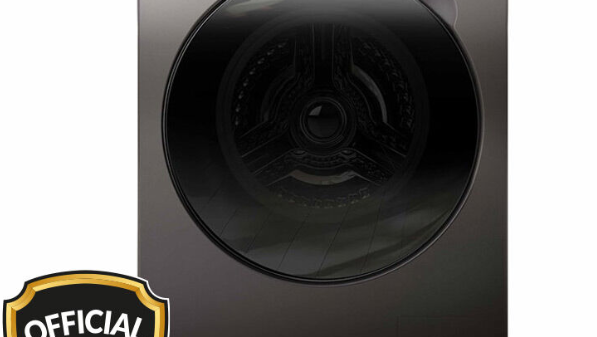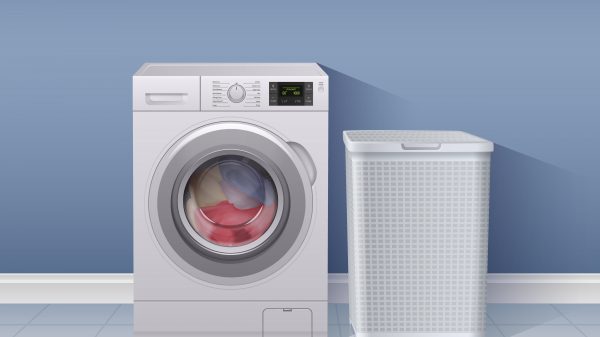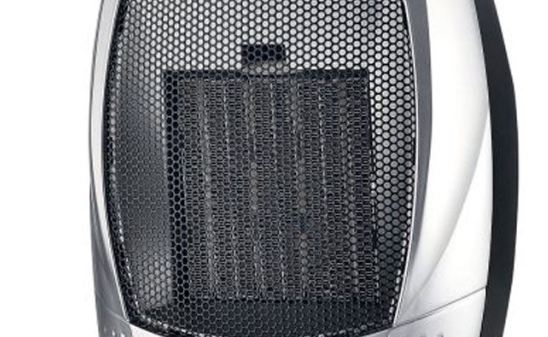Your refrigerator – the unsung hero of your kitchen – tirelessly keeps your food fresh day in and day out. But have you ever wondered how to repay its dedication? The answer lies in proper maintenance. In this article, we’re sharing a comprehensive refrigerator maintenance checklist, packed with essential tasks to ensure your fridge enjoys a long and efficient life.
Cleaning and Clearing: The Foundation of Maintenance
Think of refrigerator maintenance like tending to a well-tended garden. The first step is cleaning and clearing. Regularly remove all items from your fridge and give the shelves, drawers, and interior a thorough cleaning. Toss out expired items and wipe away spills – a clean fridge is a healthy fridge.
Temperature Control: The Goldilocks Zone
Did you know that setting your fridge’s temperature too low can lead to excessive energy consumption? Ensure your fridge temperature is set between 37°F to 40°F (3°C to 4°C) for optimal cooling without wasting energy. Use an appliance thermometer to accurately monitor the temperature.
Door Seals: The Guardians of Freshness
Your fridge’s door seals are like guardians, ensuring a tight seal to keep cold air in and warm air out. Regularly inspect the seals for any cracks or tears. An easy test: close the fridge door on a piece of paper – if you can pull the paper out with minimal resistance, it’s time to replace the seals.
Condenser Coils: The Heart of Cooling
Picture the condenser coils as the heart of your fridge’s cooling system. Over time, these coils can collect dust and debris, hampering their efficiency. About every six months, gently vacuum or brush the coils to keep them free of dirt and maintain optimal cooling performance.
Drain Line Cleaning: Preventing Puddles
A clogged drain line can lead to water puddles inside your fridge. Regularly inspect the drain line at the back of your fridge and ensure it’s clear of debris. Use a mixture of warm water and mild detergent to flush out any accumulated gunk.
Door Alignment: Ensuring a Snug Fit
A misaligned door can lead to energy loss and inefficient cooling. Check that your fridge’s doors close tightly without any gaps. If adjustments are needed, refer to your fridge’s manual for guidance on door realignment.
Water Filter Replacement: Pure Refreshment
If your fridge has a water and ice dispenser, don’t forget about the water filter. Replace it as recommended by the manufacturer to ensure clean and refreshing water and ice.
Defrosting: A Frosty Situation
If your fridge isn’t frost-free, regular defrosting is essential. Ice buildup can impede cooling efficiency. When the frost layer reaches around ¼ inch (0.6 cm), it’s time to defrost. Remove all items, unplug the fridge, and let the ice melt naturally.
Proper Loading: The Art of Arrangement
Believe it or not, how you load your fridge affects its efficiency. Avoid overpacking – crowded shelves can hinder airflow and cooling. Allow space between items for cold air to circulate and ensure uniform cooling.
Energy Efficiency: The Environmental Angle
Proper refrigerator maintenance isn’t just about performance; it’s also about energy efficiency. A well-maintained fridge consumes less energy, reducing your carbon footprint and energy bills. It’s like giving back to the environment while saving money.
Maintaining your refrigerator isn’t just about keeping it functional; it’s about extending its lifespan and maximizing its efficiency. By following this comprehensive maintenance checklist, you’ll ensure that your refrigerator remains a reliable companion in your kitchen. And for all your refrigerator needs, consider **Pickaboo** – a solution provider that offers a range of refrigerator options to suit your lifestyle and preferences.
FAQs
- How often should I clean my fridge?
– Aim for a deep clean every 3-4 months, but wipe spills and expired items regularly to maintain cleanliness.
- Can I use household cleaners inside the fridge?
– Stick to mild detergents or a mixture of warm water and vinegar. Harsh chemicals can taint food and affect the fridge’s interior.
- Why is door seal maintenance important?
– Proper door seals prevent cold air from escaping, reducing energy consumption and preventing food spoilage.
- How can I tell if my fridge’s temperature is accurate?
– Use an appliance thermometer placed in a glass of water inside the fridge. Check the temperature after a few hours to ensure accuracy.
- Do I need to defrost a frost-free fridge?
– No, frost-free fridges have an automatic defrosting feature. Manual defrosting is only necessary for non-frost-free models.
- Can I use a hairdryer to defrost my freezer?
– It’s better to let the ice melt naturally to avoid damaging the freezer’s components with excessive heat.
- What if my fridge isn’t cooling properly even after maintenance?
– If the issue persists, it might be a sign of a more significant problem. Contact a professional technician for diagnosis and repair.
- Is it necessary to unplug the fridge for maintenance?
– Unplugging the fridge while cleaning or performing tasks like vacuuming the coils ensures safety and prevents electrical accidents.
- How can I prevent odors in my fridge?
– Baking soda, activated charcoal, or store-bought fridge deodorizers can help absorb and neutralize odors.
- Can I leave an empty fridge unplugged for an extended period?
– If you’re planning to leave your fridge unused, it’s best to clean and defrost it, prop the door open slightly, and unplug it to prevent mold growth.







